In the history of modern military conflict, air superiority has always been at the forefront of U.S. power. Ever since World War II, the U.S. has placed heavy importance on what combat aircraft can do. As a focal point in U.S. military strategy, air power has helped eliminate some of the risks shouldered by ground forces.
While air superiority might be less effective against smaller forces, there’s no question of its importance in major conflicts. With that in mind, we can look back and see what the fastest combat aircraft in every major U.S. conflict has been. The faster these aircraft are, the quicker they can hit their targets and be out of harm’s way.
World War II
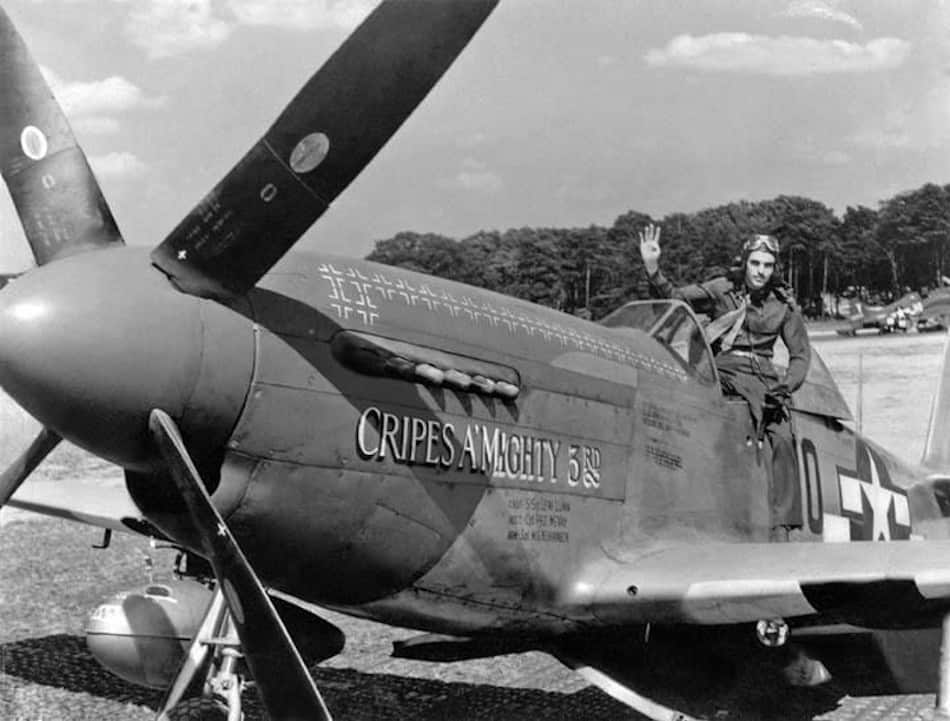
©Imperial War Museum/Public Domain CC0 – Original / License
As one of the most gruesome conflicts in world history, the use of combat aircraft in World War II played a major role in the Pacific theater. As the Allies fought Japan, the use of the North American P-51 Mustang became a critical factor. More than 15,000 of these planes were built beginning in 1940.
Rule the Skies
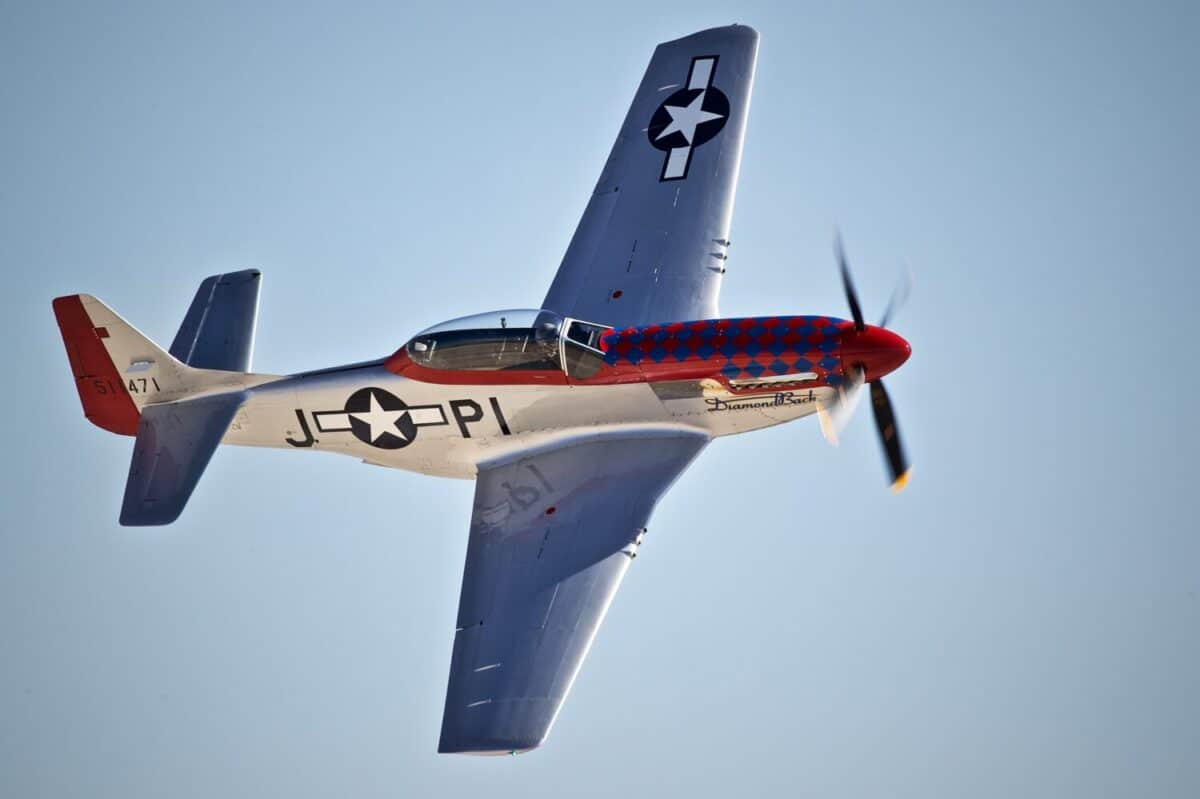
©Niko Stock/Shutterstock.com
A long-range fighter, the P-51 could hit a top speed of 440 miles per hour or Mach 0.7. Because of its range, the P-51 was excellent at escorting allied bombers deep into Japanese territory where they could wreak havoc on supply lines and combat positions.
Korean War
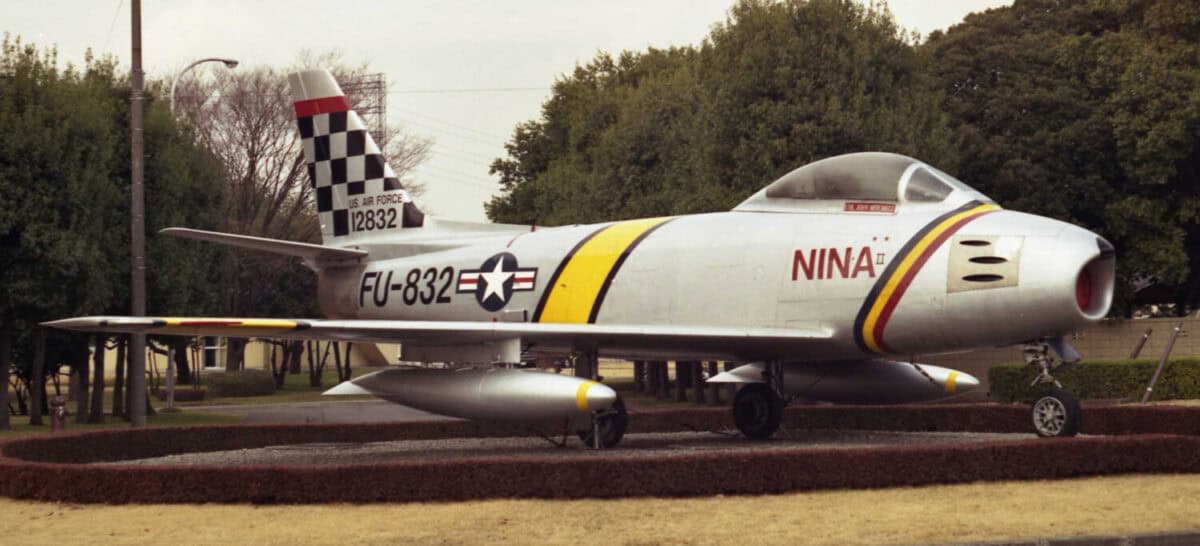
©Justin Lancaster/Shutterstock.com
While the P-51 Mustang dominated the skies at the beginning of the Korean War, it was the North American F-86 Sabre that jumped ahead. The plane was capable of hitting a top speed of 670 MPH (Mach 1.05). It’s believed the F-86 was a direct response to the Soviet MiG-15.
The Mighty Sabre
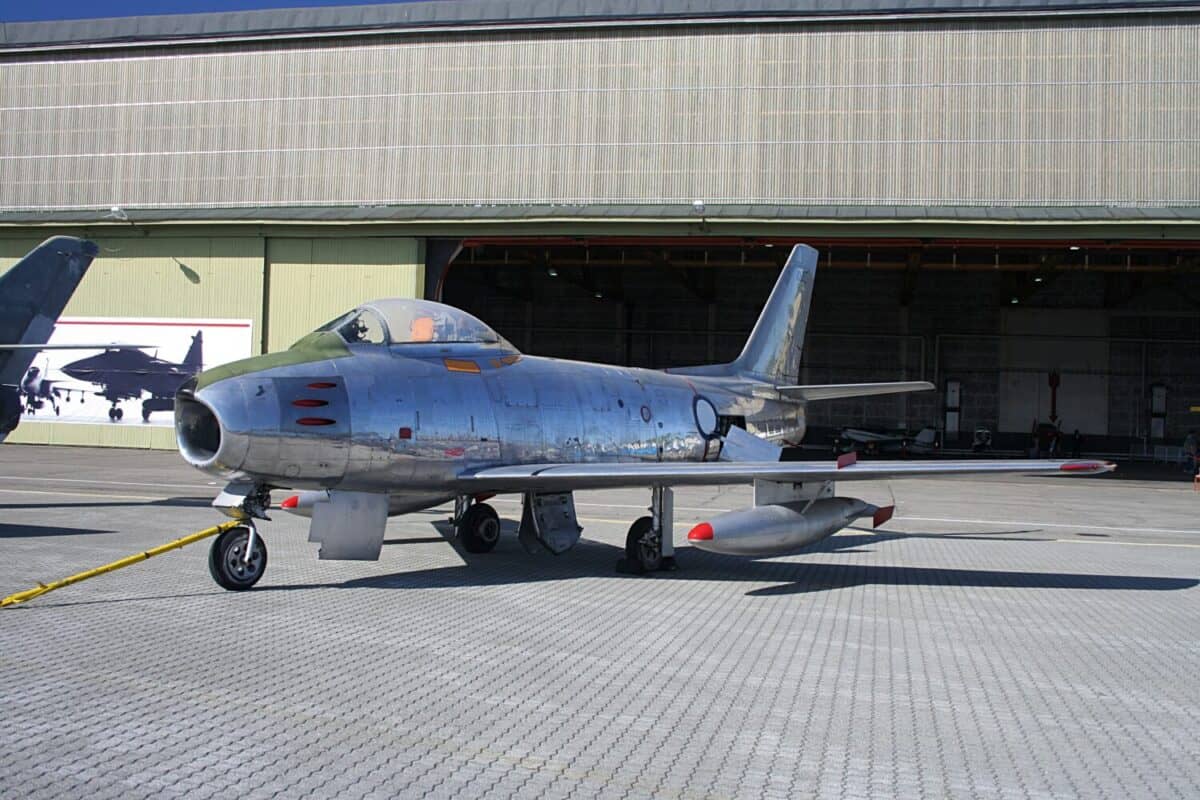
©Ufulum/Shutterstock.com
The Sabre is highly regarded as being the first aircraft in America’s military arsenal that could truly enter a high-speed dogfight. The Sabre is also fondly remembered as being the first military plane to break the sound barrier. America produced more than 7,800 of these aircraft between 1949 and 1956.
Vietnam War

©Rekindle Photo and Video/Shutterstock.com
If you’re looking for the fastest combat aircraft to participate in the Vietnam War, the answer is the Republic F-105 Thunderchief. With 833 planes built, the F-105 was capable of speeds exceeding Mach 2 or 1,540 MPH.
Nuclear Prevention
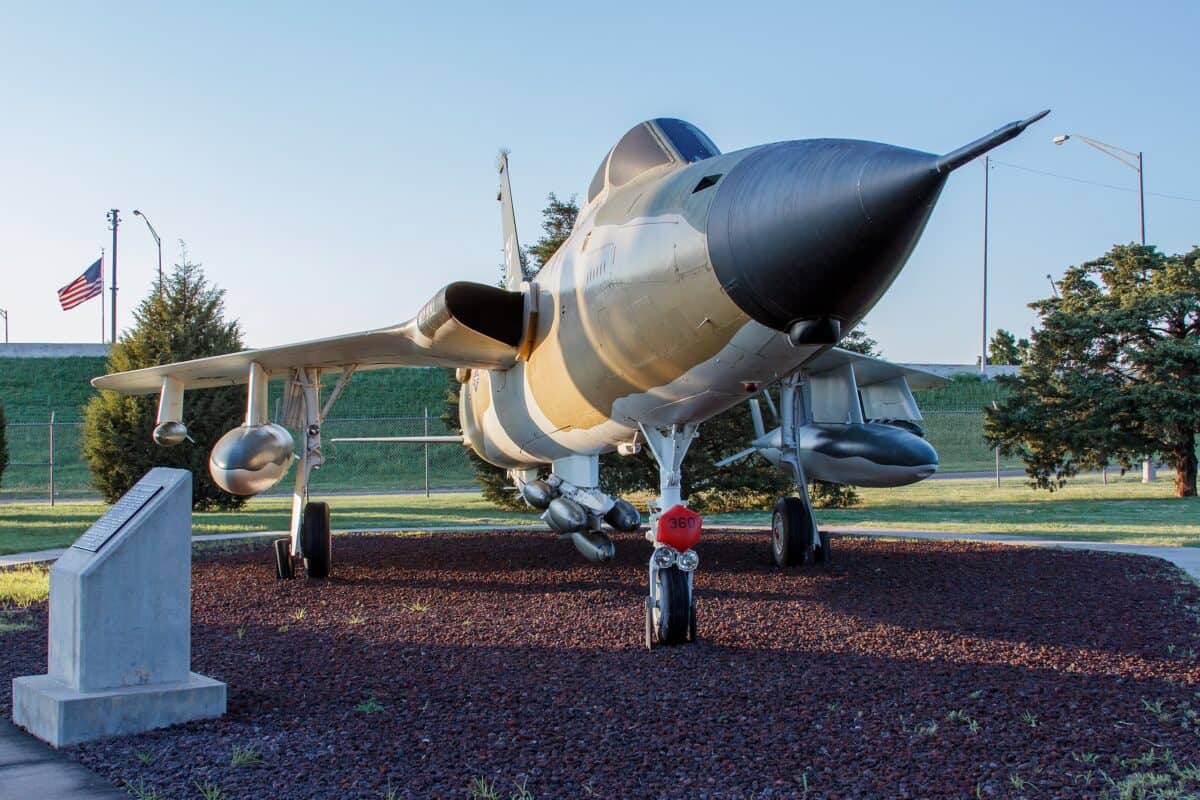
©Balon Greyjoy / Creative Commons CC0 1.0 Universal Public Domain Dedication – Original / License
Designed to be a nuclear-attack aircraft, the F-105 could carry a bomb load greater than a World War 2-era B-17 Flying Fortress. Unfortunately, high loss rates attributed to 382 aircraft being shot down during the conflict out of the 833 that were built.
Panama
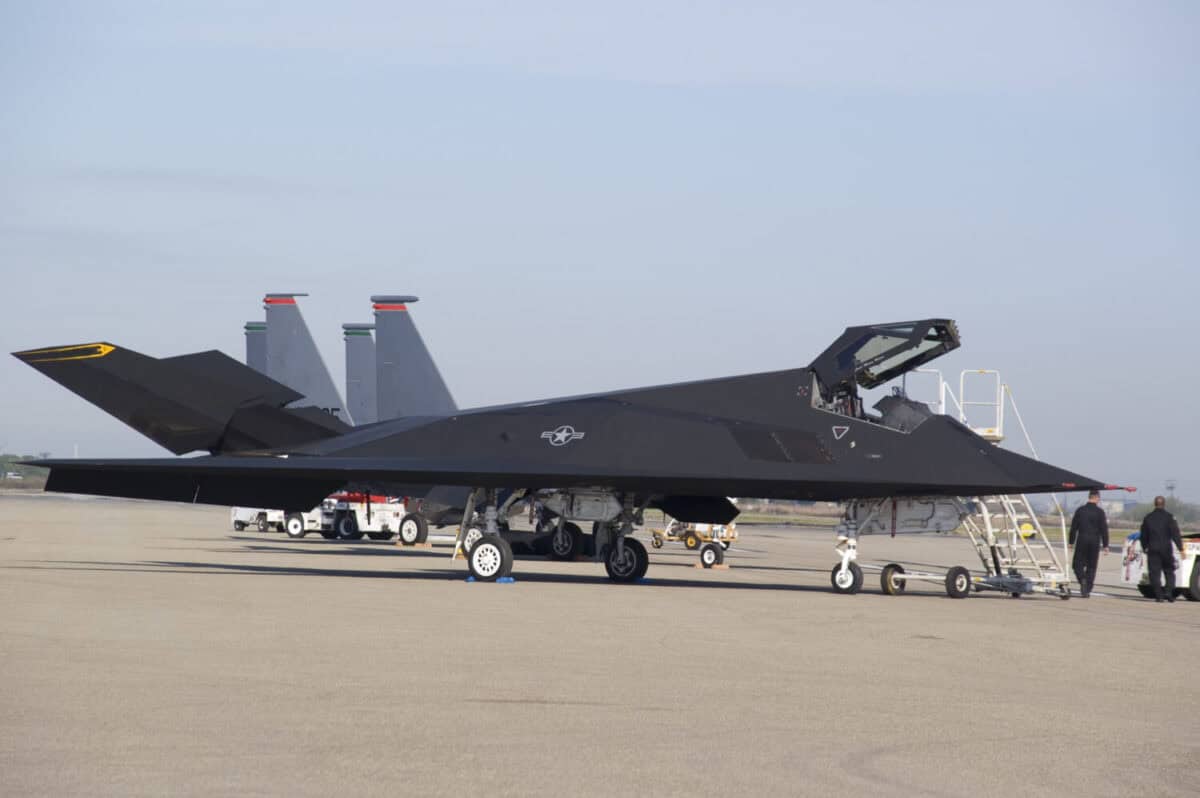
©Arthur Eugene Preston/Shutterstock.com
As the U.S. prepared to invade Panama in Operation Just Cause in 1989, the Lockheed F-117 Nighthawk kept watch in the skies. While this operation was primarily ground-focused, the F-117 was high in the sky protecting U.S. ground forces. The F-117 also played a very publicized role in the Gulf War with 1,300 missions against 1,600 high-value targets in the early 1990s.
The Disappearing Nighthawk
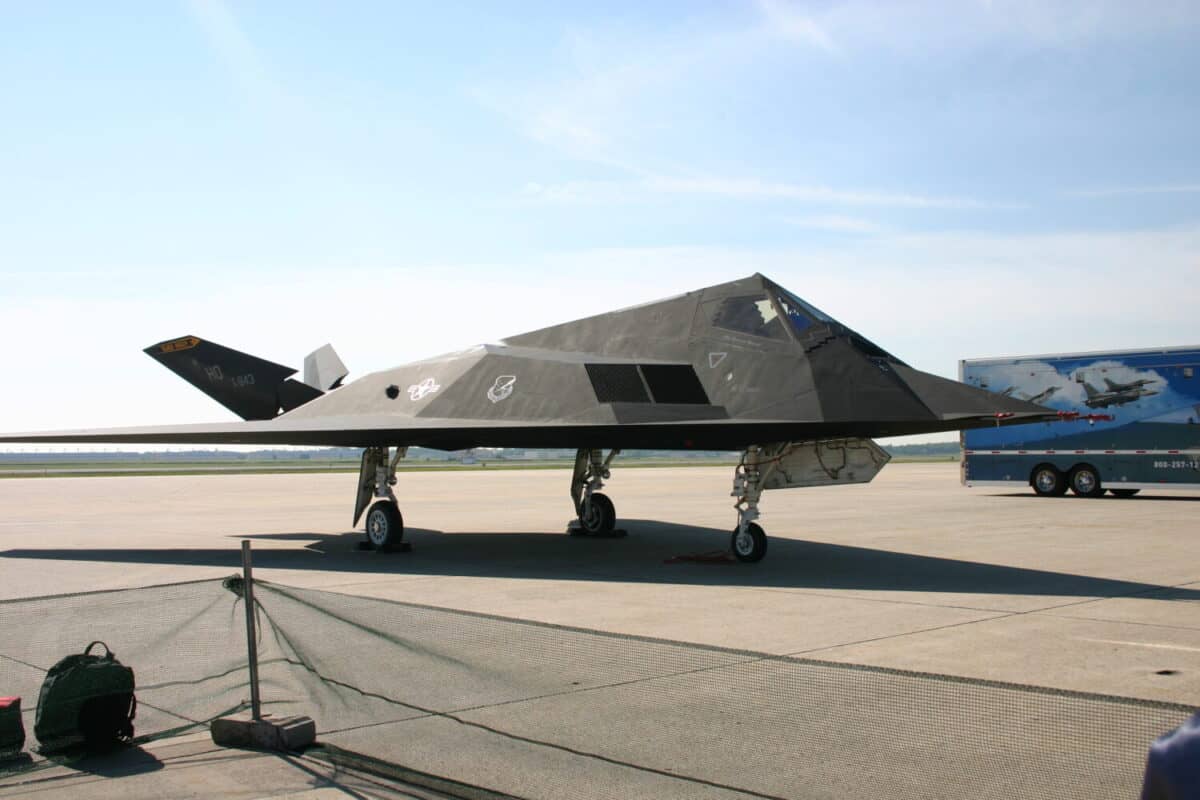
©George Xu/Shutterstock.com
First entering service in 1981, only 64 have ever been built. With a top speed of around 623 MPH, what the F-117 loses in speed, it makes up for in stealth. The odd angles of the aircraft are designed to avoid radar defenses. This allows the F-117 to sneak into a country, attack its target, and get out undetected.
Bosnia
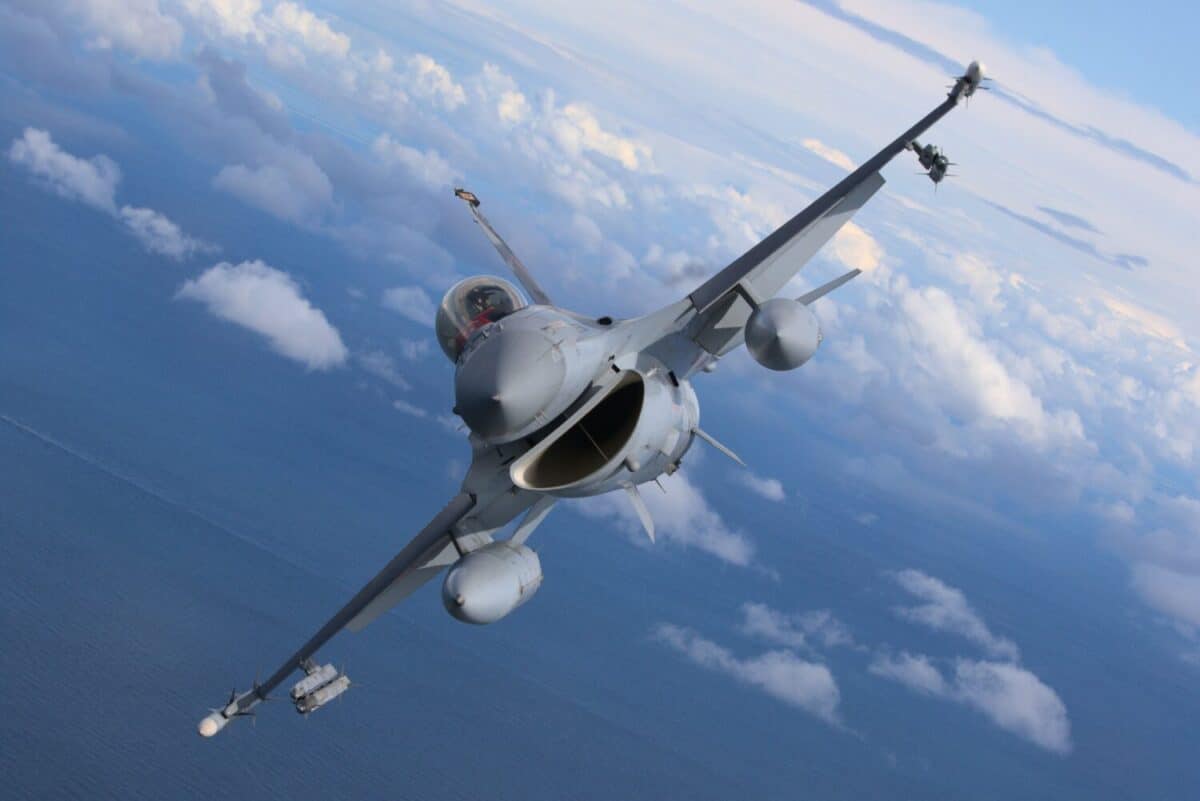
©Joris van Boven/Shutterstock.com
During Operation Deliberate Force in Bosnia, the F-16 Fighting Falcon was the mainstay of NATO forces. Supporting NATO in both air-to-ground and air-to-air missions, the top speed of 1,500 MPH was critical in maintaining NATO air superiority.
Behind Enemy Lines
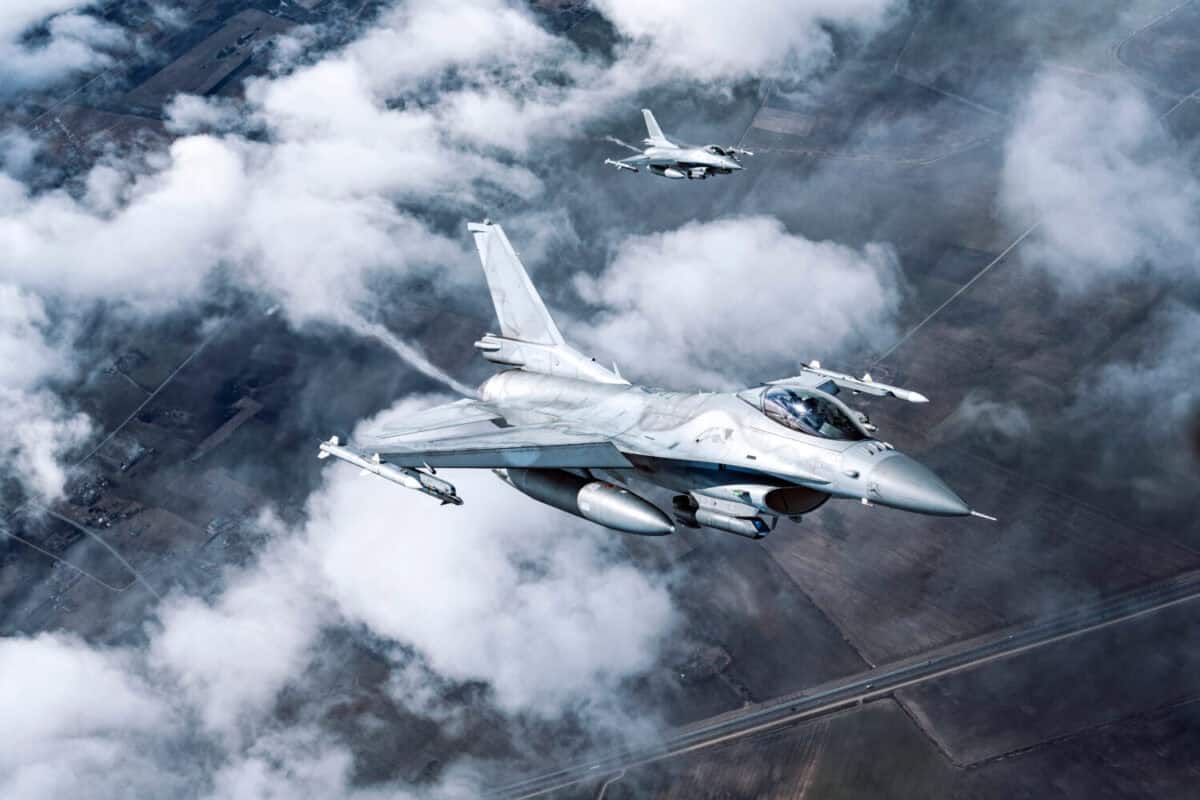
©Martynas Makaras/Shutterstock.com
The Bosnian conflict also represents one of the few instances in which the F-16 was shot down. Scott O’Grady famously flew this aircraft and was shot down over Bosnia and Herzegovina by a mobile SAM launcher. His experiences would inspire the Owen Wilson movie, Behind Enemy Lines.
Desert Storm

©ranchorunner/Shutterstock.com
Entering service in 1976, the McDonnell Douglas F-15 Eagle was the fastest plane to participate in the first Gulf War. From January 17 to February 23, 1991, 48 F-15E Strike Eagle fighter planes participated in decimating Iraqi air defenses. Capable of flying up to speeds of around 1,875 MPH, the F-15E gave the U.S. a strong air defense so land and sea assets could be deployed.
The Screaming Strike Eagle
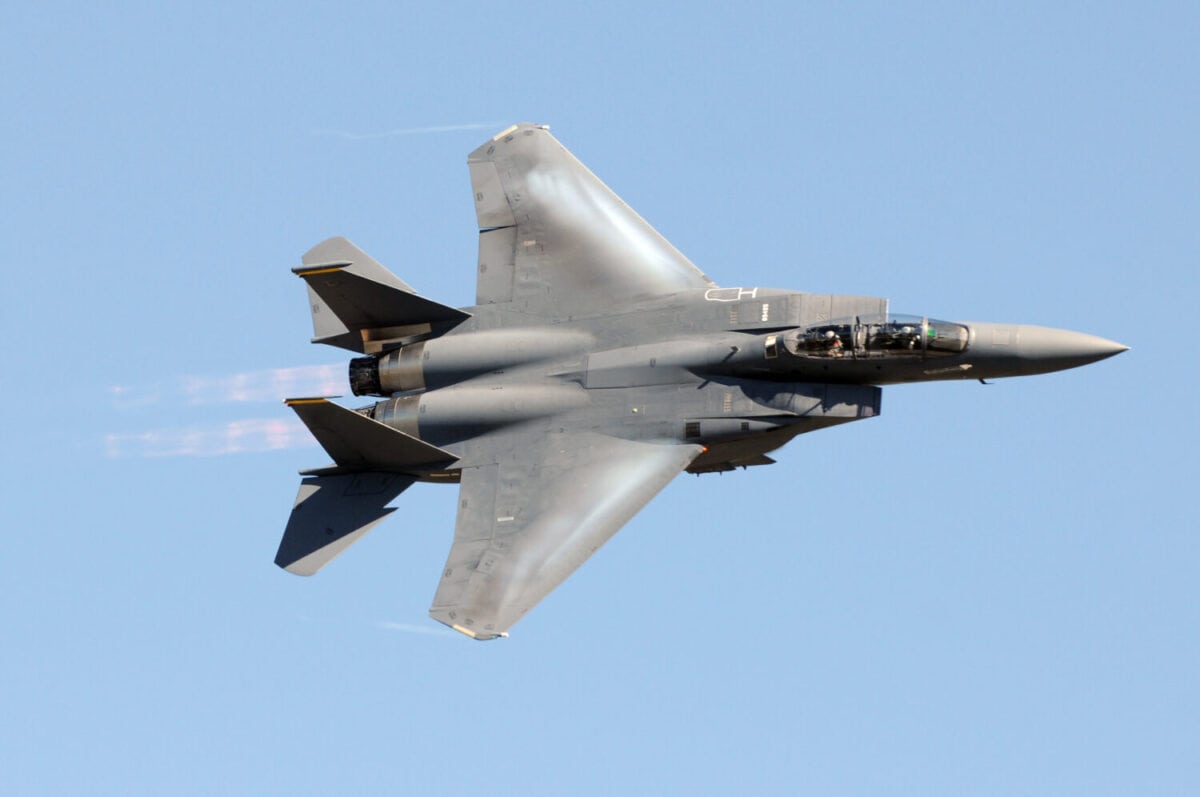
©Ivan Cholakov/Shutterstock.com
Once Iraq was officially out of Kuwait, the F-15E shifted operations to countering Iraqi Air Force attacks. It would take the U.S. only 10 days to gain air supremacy thanks to flights from the F-15E. Over 435 of these aircraft have been built with deployments in Iraq, Afghanistan, Syria, and Libya.
Operation Enduring Freedom
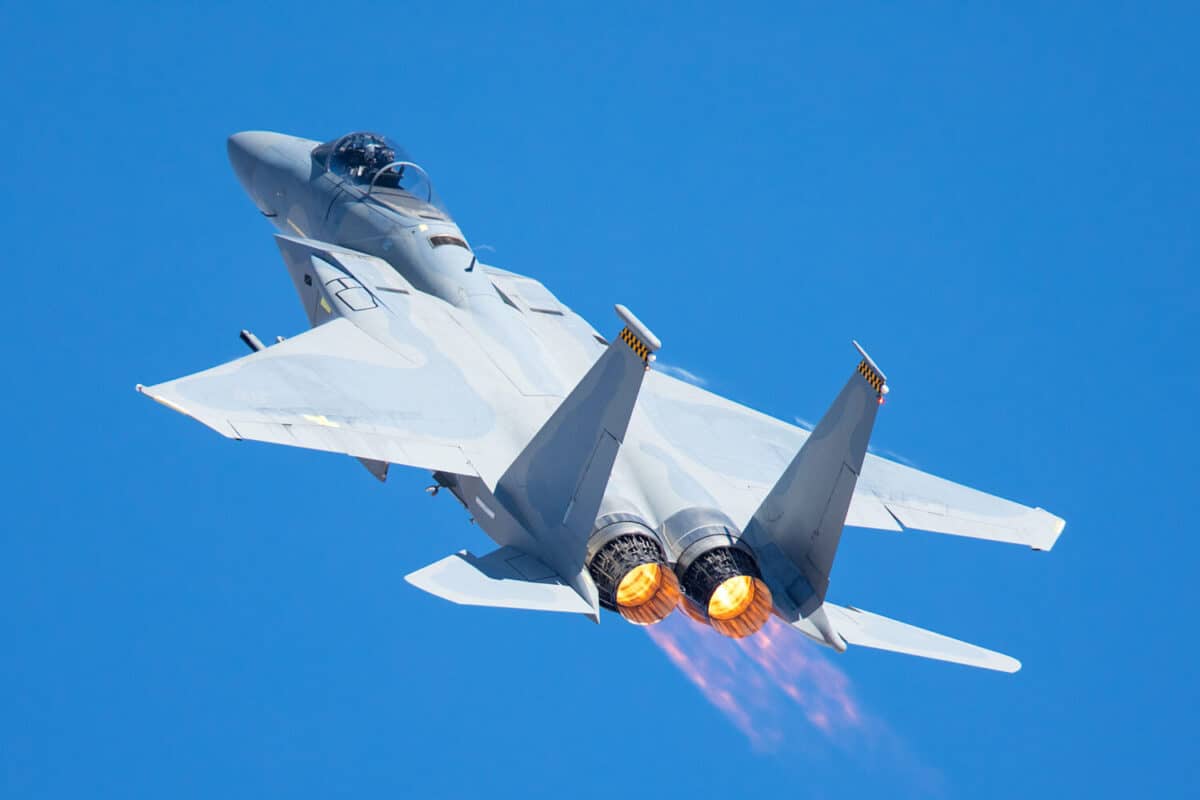
©ranchorunner/Shutterstock.com
The Boeing F-15E Strike Eagle played a crucial role in removing the Taliban from power in Afghanistan. On the first night of the conflict, the F-15E destroyed Taliban structures, supply depots, and al-Qaeda training camps.
Rarely In Danger
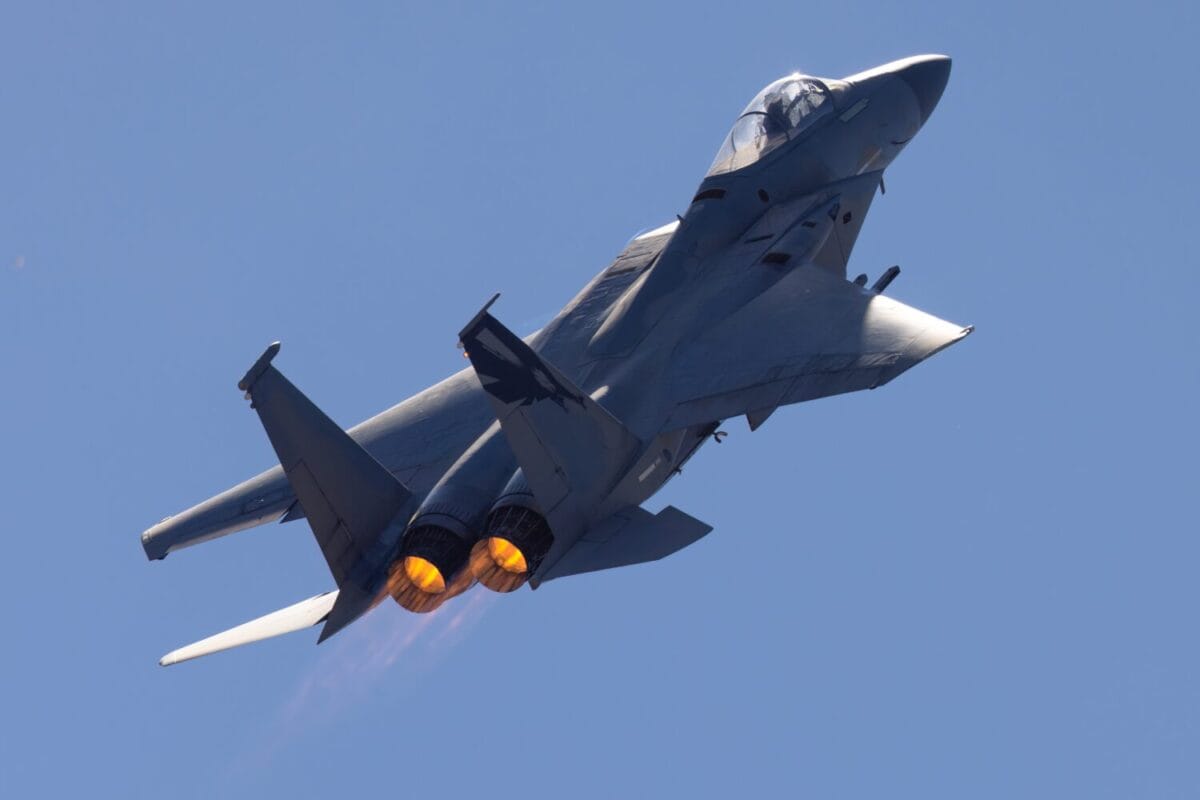
©ranchorunner/Shutterstock.com
With its superior speed of up to 1,900 MPH, the F-15E ruled the skies. While the Taliban had portable surface-to-air missiles available, they only had a range of up to 7,000 feet. Capable of hitting a ceiling of around 60,000 feet, the F-15E was rarely in danger during the sortie missions it flew.
Operation Iraqi Freedom
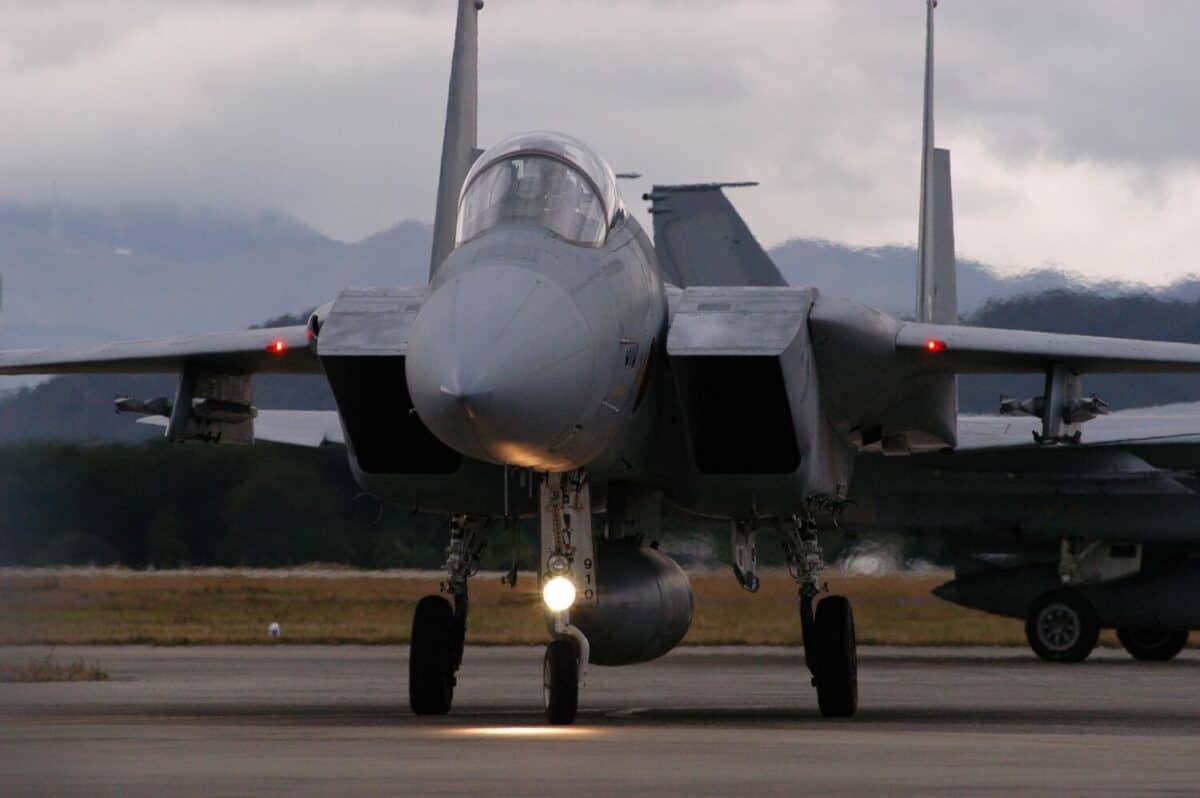
©i_moppet/Shutterstock.com
In the aftermath of September 11, President George W. Bush wanted to eliminate Saddam Hussein’s capabilities once and for all. Under the belief Saddam possessed weapons of mass destruction, the U.S. invaded the country. Once again the F-15E Strike Eagle took to the skies at speeds up to 1,900 MPH.
Goodbye Saddam
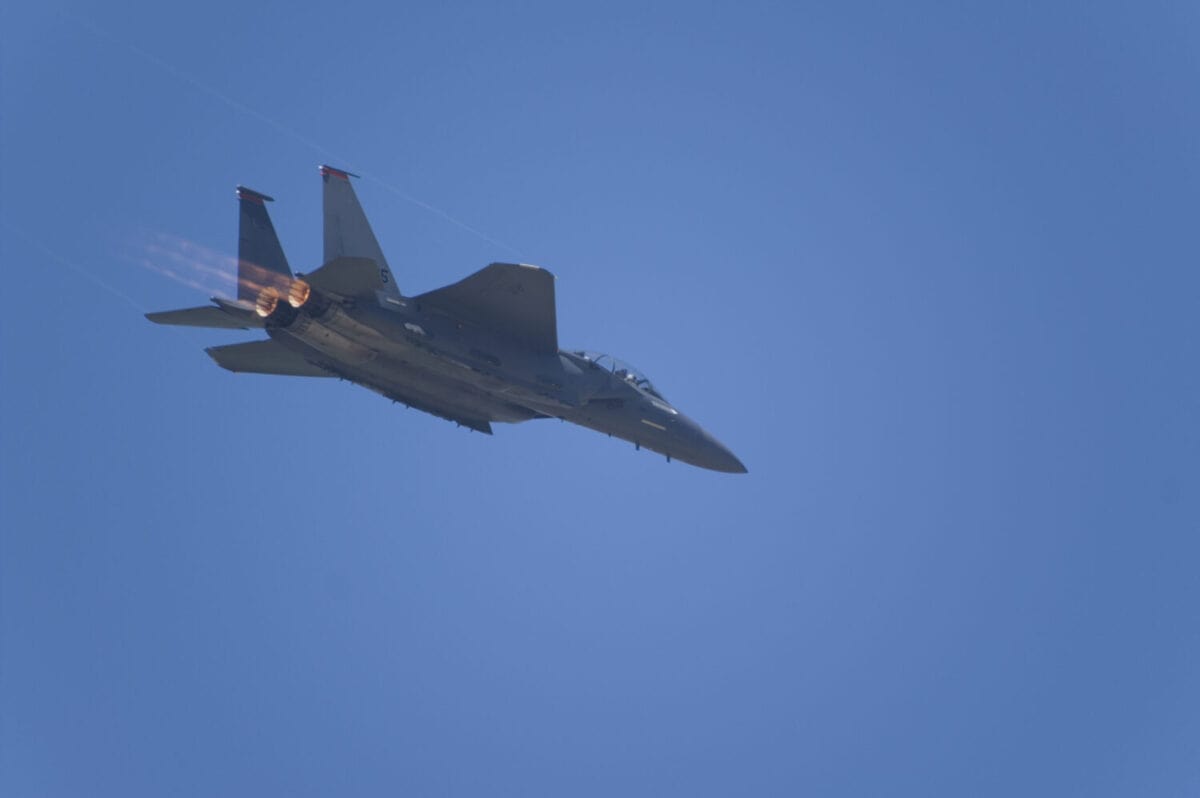
©Arthur Eugene Preston/Shutterstock.com
During the operation, the F-15E participated in a variety of conflicts including Operation Southern Watch. This strategy was designed to ensure that Iraqi forces were not active in the southern part of the country. The F-15E did play a critical role in destroying command and control sites, radio stations, and radar facilities.